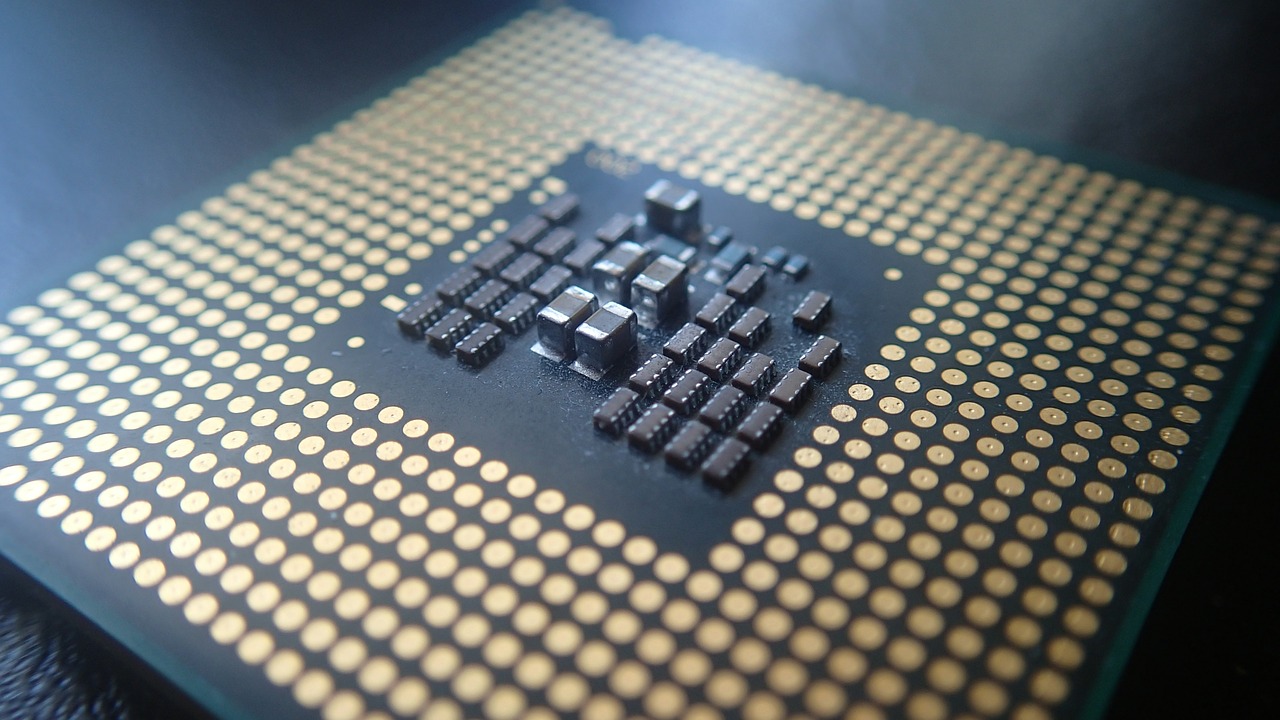Investor Relations – From finance function to data science
22 December 2019 | Oliver Schutzmann, CEO

IR must harness the sophisticated tools being used by investors and analysts
The lessons of history are a good guide to the future, but the changes that lie around the corner for investor relations will be transformational, and predicting what will come in the next decade is a fool’s errand.
One thing we can predict with certainty, however, is that IR will cement its new status as a data science, evolving and progressing from being a branch of the finance function. But before we look ahead, let’s briefly recap on the past 10 years.
The financial world in 2010 was still reeling from the global financial crisis. Portugal, Italy, Greece and Spain were technically bankrupt, large banks had gone to the wall and central banks around the world were reaching for radical new policies to stop the bleeding. ‘The problem with quantitative easing is that it works in practice but does not work in theory,’ quipped Ben Bernanke, then chair of the Federal Reserve, but his light-hearted comment masked the desperation at the heart of global efforts to rescue the world economy.
One major side-effect of the financial crisis was its impact on IR. Before 2007, IR had still been a largely communications function, positioning company earnings in a favorable way to appeal to investors and to tell a growth story. After the financial crisis a new imperative appeared: companies had to give highly detailed accounts of how they would avoid the risk of another credit crunch and how they were managing exposure to global financial tailwinds. They were also called upon to disclose ever-greater levels of data and detail.
The IR function became inextricably linked with the finance function as investors demanded greater detail and transparency, and brought ever-more granular scrutiny of company financials, which only finance could deliver.
Overall, this was a healthy development: the removal of spin from the IR function is always to be celebrated. As IR matured in its new partnership with finance, and investors asked increasingly searching questions of companies, a new generation of highly qualified professionals took over the function. Fluent in the language of finance, IROs began to talk to analysts and investors as equals.
This development served the IR function well, but we are now on the cusp of a new turning point for IR. In fact, the next chapter has already begun.
As technology has changed the investment landscape, IR has had to keep up. When the analysts who follow a stock are using machine learning and natural language processing, and investors are trading via algorithms and smart computer programs, companies must learn a new language in order to remain relevant to the investment community.
This is where the opportunity lies for IR professionals in the 2020s: to adopt the technology and data science that is now regularly used by analysts and investors. Using data to arrive at robust conclusions is now the norm in many fields of endeavor; IR will be no different. And IROs will use this technology not only to inform the markets and drive valuation, but also to answer perhaps the deepest and most existential conundrum for the investor relations industry: what is the value of IR?
Just as the factors influencing company valuation can be analyzed using data science, so the contribution of IR to a company’s stock market performance will be identified and isolated in the 2020s. Backward-looking analyses are always valuable, but for the IR profession looking forward reveals an amazing new world, one where the case for investment in IR can finally be proven.
Using the same sophisticated tools that are available to investors, and mining the rapidly growing sea of data produced by listed companies, it will be possible to place a value on the science and practice of IR. This means the return on investment in IR can be accurately quantified.
The past decade has seen a fundamental shift in the field of IR. The next decade is going to be more transformational still.